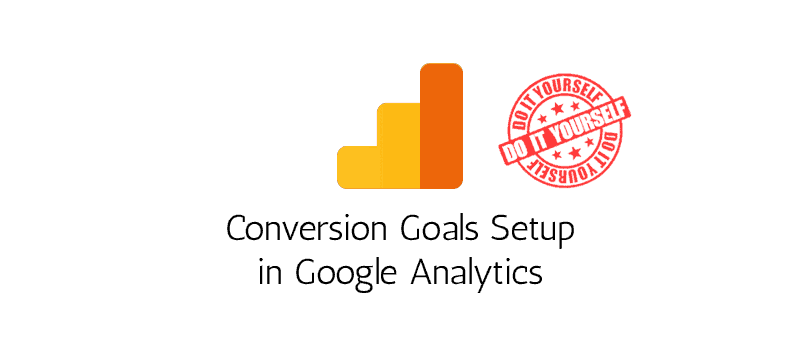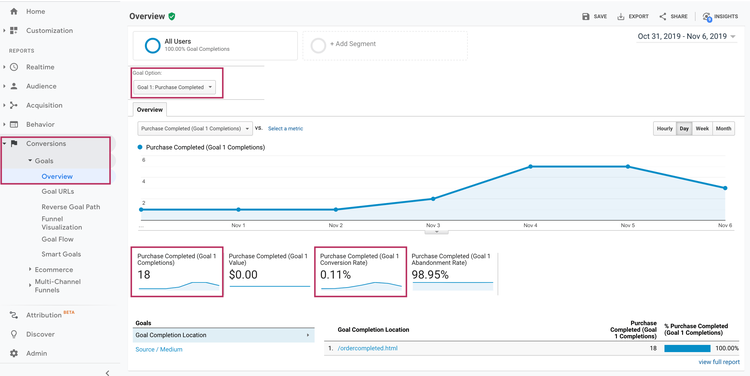Recognizing What Data Is Google Analytics Goals Unable to Track
Recognizing What Data Is Google Analytics Goals Unable to Track
Blog Article
Demystifying Google Analytics Limitations: Uncover What Data Goals Can not Track
In the world of electronic analytics, Google Analytics stands as an effective tool that supplies useful understandings right into website performance and customer behavior. Nonetheless, amidst its abilities, there exist limitations that frequently go unnoticed. Recognizing what Google Analytics can not track is vital for a detailed grasp of data interpretation and decision-making processes. From the intricacies of user interaction with vibrant material to the intricacies of cross-device customer trips, these restrictions shed light on areas that might stay obscured from conventional analytics point of views. By deciphering these restrictions, a clearer photo emerges, enabling more informed strategies and improved understandings into customer engagement and conversions.

Individual Interaction With Dynamic Content
User communication with vibrant material plays a vital role in understanding user actions on web sites and maximizing the general user experience. Dynamic web content refers to aspects on a page that can transform without the demand for a complete web page reload. This includes interactive aspects such as pop-ups, sliders, forms, and videos that react to user actions in real-time. By tracking customer interactions with vibrant content, web site proprietors can acquire important understandings into user interaction, choices, and behaviors.
Google Analytics offers different devices to track customer communications with vibrant web content, such as event tracking and online pageviews. Occasion monitoring permits you to monitor specific user actions, like clicking a button or watching a video, providing data on just how customers engage with vibrant components.
Cross-Device User Journeys
How can modern analytics devices track the facility courses users take across numerous gadgets in their on-line journeys? Cross-device individual trips present a substantial difficulty for monitoring and evaluating customer habits precisely. As individuals interact with apps or web sites making use of various gadgets such as tablet computers, desktops, and mobile phones, it becomes essential to recognize exactly how they move in between these systems to optimize individual experience efficiently.
Google Analytics deals with limitations in tracking cross-device customer journeys as a result of privacy problems and technical restrictions - what data is google analytics goals unable to track. While it can provide insights into specific tools' communications, tracking a seamless individual trip throughout multiple devices remains a challenge. This limitation can result in insufficient data and fragmented user insights, making it challenging for organizations to develop a unified sight of the client trip
To address this issue, services can make use of sophisticated analytics tools that use cross-device monitoring capabilities, permitting them to gain an extra alternative understanding of user actions. By leveraging these devices, services can bridge the void in tracking cross-device individual journeys and maximize their digital techniques for a seamless customer experience.
Offline Conversions and Attribution
As companies browse the difficulties of tracking cross-device user trips, one more pivotal element to consider is the world of offline conversions and attribution in the world of information analytics. While Google Analytics provides beneficial insights right into on the internet user habits, it fails when it comes to tracking conversions that take place offline. This restriction presents a substantial difficulty for services that have both look at this website online and offline sales networks.
Offline conversions, such as acquisitions made in physical stores or via telephone call facilities, are necessary to comprehending the complete consumer journey. Without the ability to connect these offline conversions to certain on the internet interactions, businesses might have a hard time to properly gauge the effect of their digital marketing efforts.
To address this gap, companies can check out different solutions such as integrating CRM systems with on-line analytics tools or utilizing distinct discount codes that can be traced back to online campaigns. By bridging the void in between online and offline data, companies can gain an extra detailed understanding of their consumers' habits and boost their overall advertising and marketing approaches.
Person User Identification
In the world of information analytics, the capacity to accurately recognize specific users across numerous on-line touchpoints is an essential difficulty for businesses seeking to personalize and enhance their advertising methods. While Google Analytics gives beneficial understandings right into individual actions and communications, it drops brief in making it possible for the identification of particular people because of personal privacy worries and technological constraints. Google Analytics utilizes distinct identifiers such as cookies to track individual sessions and habits, but these do not relate to recognizing specific users in a personal sense.

Information From Secure Pages
Despite the raising prevalence of secure web pages on sites, getting data from these encrypted resources provides an one-of-a-kind difficulty for electronic analytics platforms like Google Analytics. Secure pages, shown by HTTPS in the link, encrypt information exchanged in between the individual's internet browser and the site's web server to guarantee personal privacy and safety and security. While this security is vital for shielding sensitive details, it also positions limitations for tracking customer actions and event analytics data.
Google Analytics encounters challenges in collecting thorough info from safe and secure pages as a result of the encryption procedures in area. Therefore, certain data factors such as referral resources, keyword searches, and also some individual communications may not be fully recorded when users access a website via a protected connection. This constraint can additional resources impact the precision and efficiency of the data evaluation, bring about spaces in recognizing user actions and choices on protected web pages.
To navigate this difficulty, digital experts may need to discover alternate monitoring approaches or take advantage of various other devices specifically designed to collect understandings from secure pages. By adapting techniques to accommodate these restrictions, businesses can still obtain beneficial analytics in spite of the restraints offered by encrypted links.
Verdict
To conclude, Google Analytics has restrictions in tracking customer communication with dynamic material, cross-device user journeys, offline conversions, specific customer recognition, and information from safe pages. These limitations prevent a detailed understanding of individual actions and might cause spaces in data evaluation. Regardless of its useful insights, Google Analytics might not give a total image of user engagement across numerous touchpoints. It is crucial for organizations to be mindful of these constraints and take into consideration supplemental devices for a much more all natural sight of their data.
Individual interaction with dynamic content plays a vital function in recognizing individual behavior on websites and maximizing the general individual experience. By tracking customer communications with vibrant content, internet site owners can gain beneficial understandings into customer involvement, choices, and habits.
Google Analytics makes use of one-of-a-kind identifiers such as cookies to track user sessions and actions, but these do not relate to recognizing individual customers in an individual sense.
As an outcome, specific information points such as reference resources, keyword searches, and even some user communications might not be totally captured when individuals access a website with a secure connection.In final thought, Google Analytics has constraints in tracking user communication with vibrant web content, cross-device user journeys, offline conversions, individual customer recognition, and information from secure pages.
Report this page